In 1933, a Mrs. Pouch and a Mrs. Frost, both members of the New York Daughters of the American Revolution, gave speeches at their annual meeting concerning mountain people of the South in 1905. Participants were encouraged to adorn sunbonnets, shawls and other homespun mountain dress. A few members provided musical numbers that were consistent with that era.
According to the ladies, adventuresome travelers paying a visit to the isolated hill communities in that post-century era reached their destination only after hours of travel. They were escorted in rough wagons drawn by mules over narrow mountain roads that sometimes dipped into deep mud holes and sometimes skirted along dangerous cliffs.
During that post turn-of-the-century era, travel through Southern Appalachia was slow and thorny at best, with crude roads following rocky creek beds. Primitive conditions governing transportation served to keep the mountain folk living just as their predecessors had lived after they had trekked down from Western Pennsylvania and settled along the tiny hamlets.
The mountaineers were described as being “hill-dwellers living in the “land of do without.” Mrs. Frost cautioned the members not to confuse these folks with the descendants of indentured servants and convicts who went there from the slums of England's seaport towns.
.jpg)
Andersonville, TN Family 1933 (public domain)
On the other hand, these inhabitants were largely the descendants of stout Scotch stock sent in 1607 to Ireland by James I. After coming to this country, they had a dispute with the Crown and settled first in Pennsylvania, which was then the western frontier of the colonies and later with a sprinkling of French Huguenots and Dutch.
Afterward, they moved south and reached the mountains where their descendants can be found to this day. From these rugged hills came such leaders as Daniel Boone, John C. Calhoun, Stonewall Jackson and Abraham Lincoln.
The DAR ladies deemed the residents to be “warmly hospitable.” “If you'uns can stand what we'uns have, come right in and sit ye down in a cher.” Mrs. Frost spoke of their honesty and independence. They retained their quaint speech, crude habits and picturesque customs of 18th century American. Hence the nickname, “our contemporary ancestors,” illiterate though they were, according to their standards, “aimed to git larnin” and vowed to sacrifice to the utmost that an ambitious child would attend one of the mountain schools. Although they knew their Shakespeare well, since books were scarce, they familiarized themselves thoroughly with what they possessed.
The two DAR ladies noted that in their speeches that one finds expressions dating back to the Saxon, older than the English tongue itself. Many of their colloquialisms were excellent Chaucer, while they have a great fondness for tautology (the use of words that merely repeat elements of the meaning already conveyed, such as “water-stream” and “tooth-dentist”).
“They’re the 'fightingest' people imaginable,” Mrs. Frost alleged. “Their family feuds are rooted in ideals of family honor, traceable to clan warfare traditions handed down by their forebears. “Of course, we're appalled by the feuds,” Mrs. Frost admitted, “but they never killed for money, so perhaps they're not as bad as so-called civilized Northerners.”
Illustrations of ballads that have been sung for centuries of mountain folks were provided by several DAR ladies. One sang two 13th century ballads, “Gypsy Laddie,” a Civil War unnamed ballad and “Brother Green.” Two others sang, “Lady Gay” and “Sing Said the Mother.” Mrs. Frost displayed her talent on the dulcimer, a quaint musical instrument once familiar to mountain festivities.
The songs were declared to be the finest examples in the world of Scotch and English ballads. The DAR ladies then brought to a finale the highly interesting and educational program and departed for home.
-578x400.jpg)
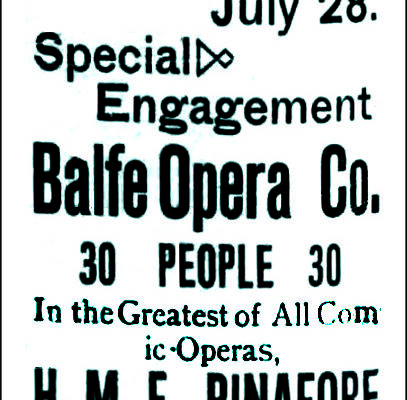
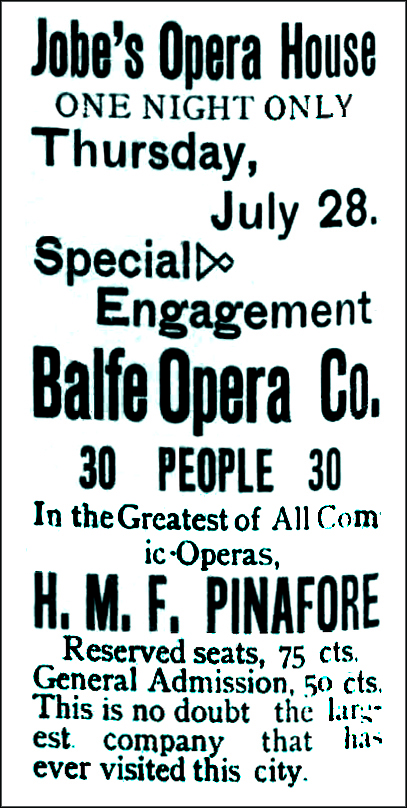


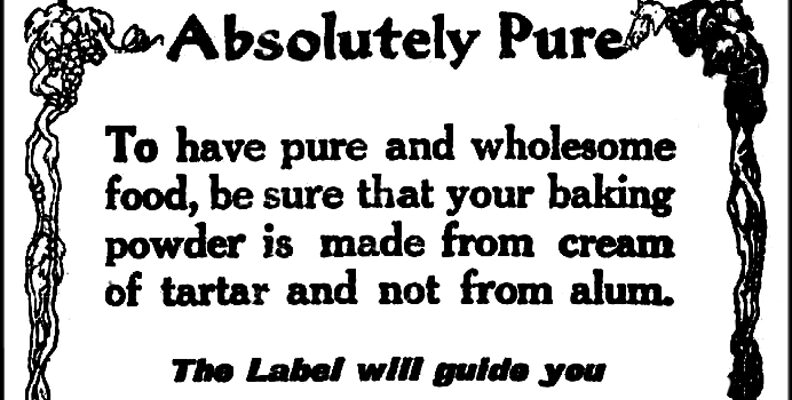
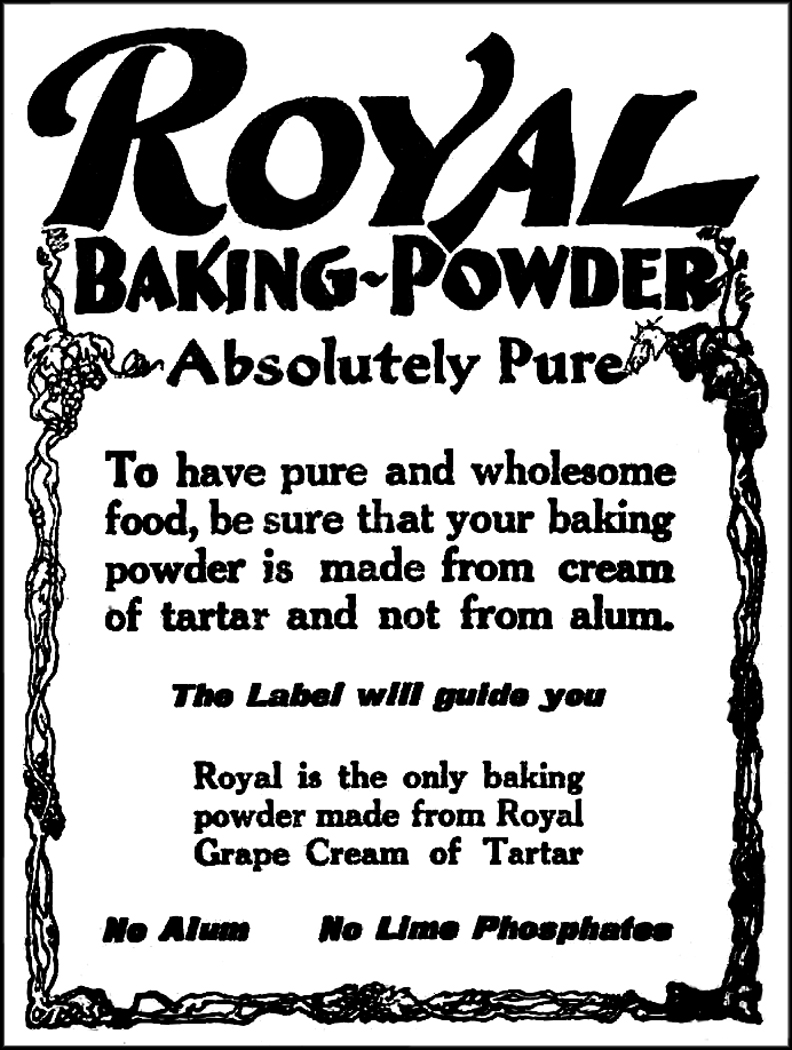
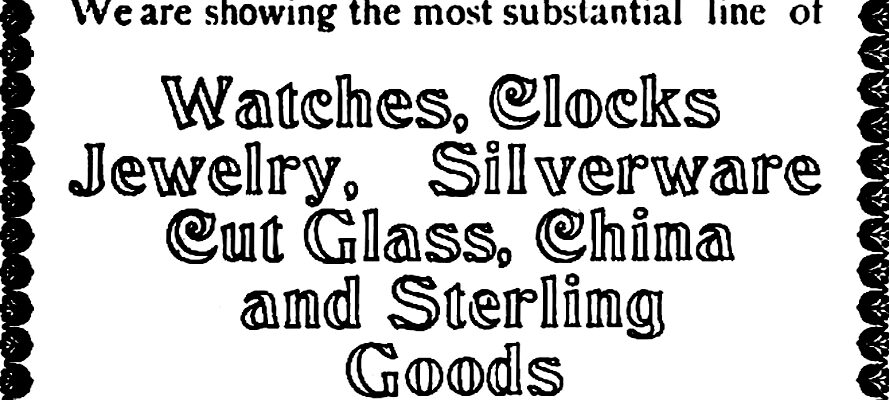
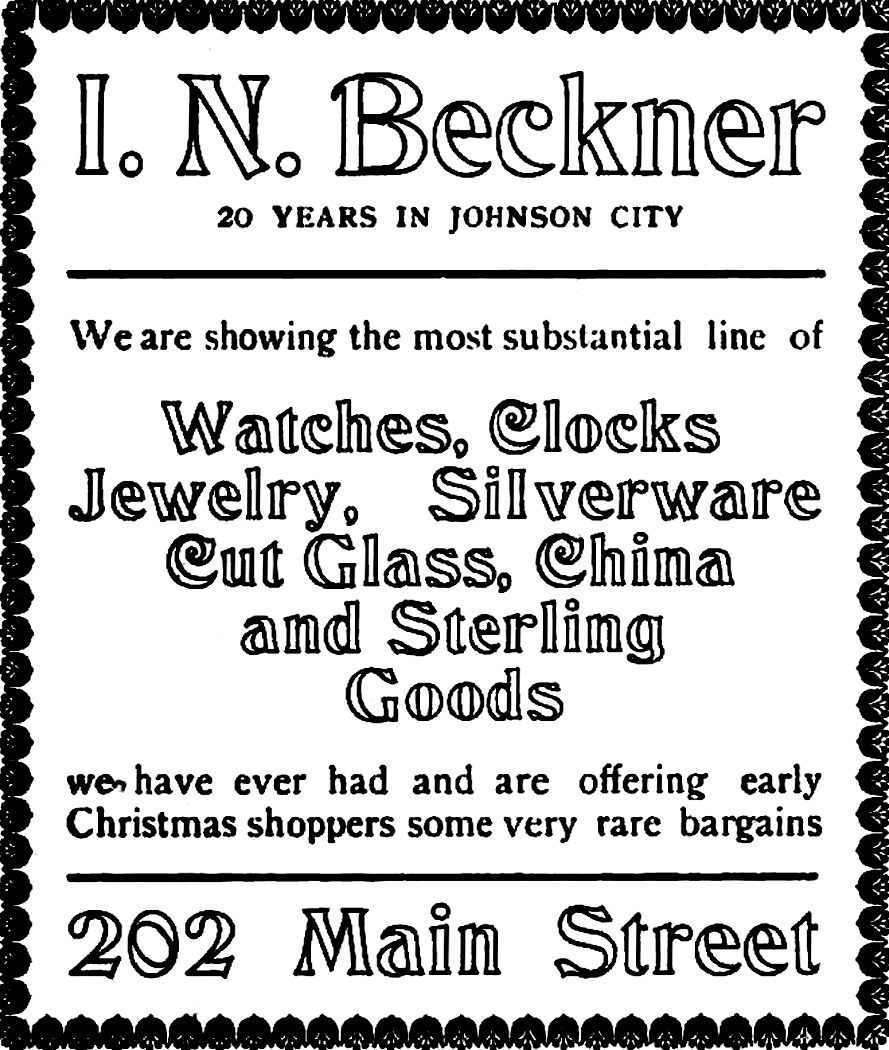
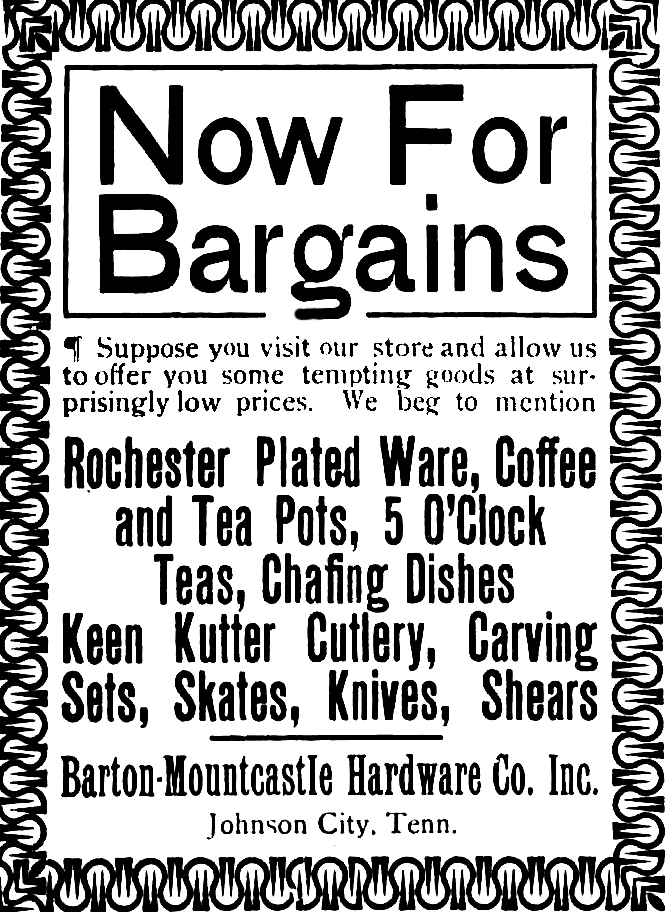
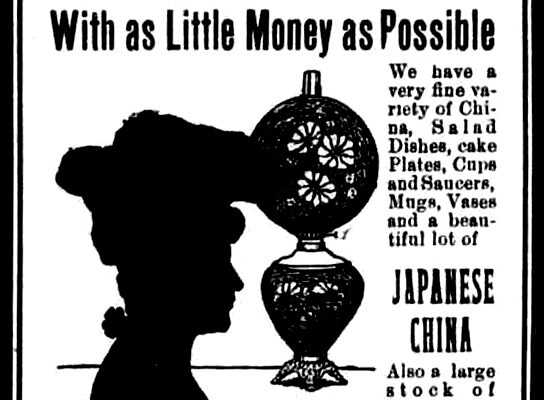
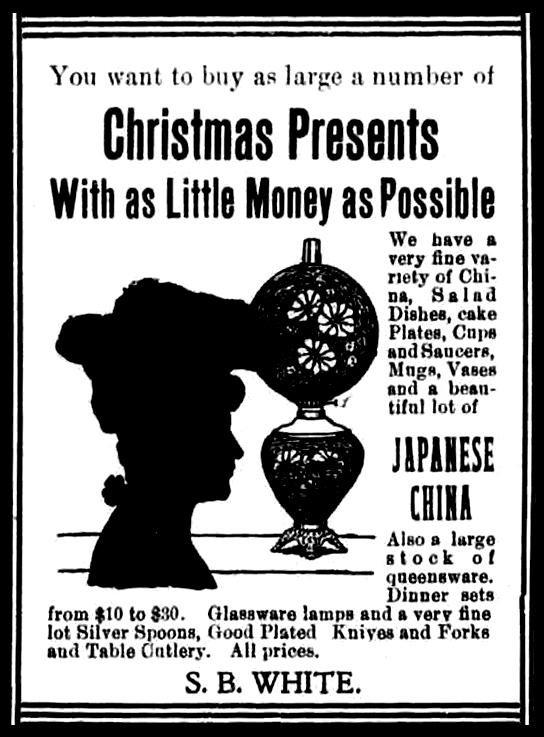
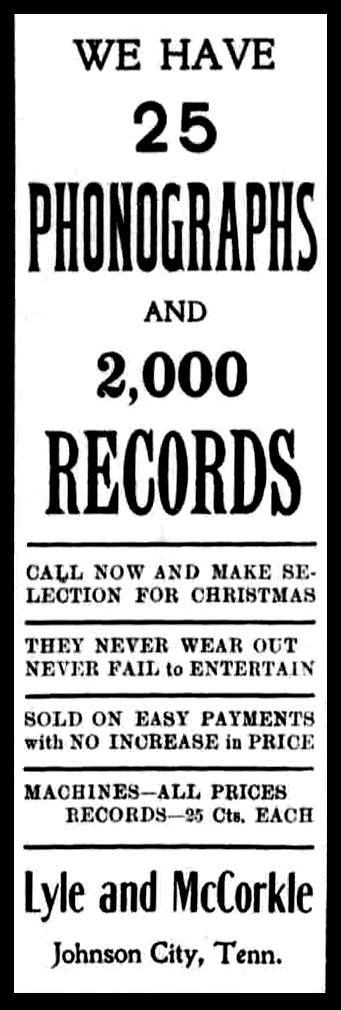

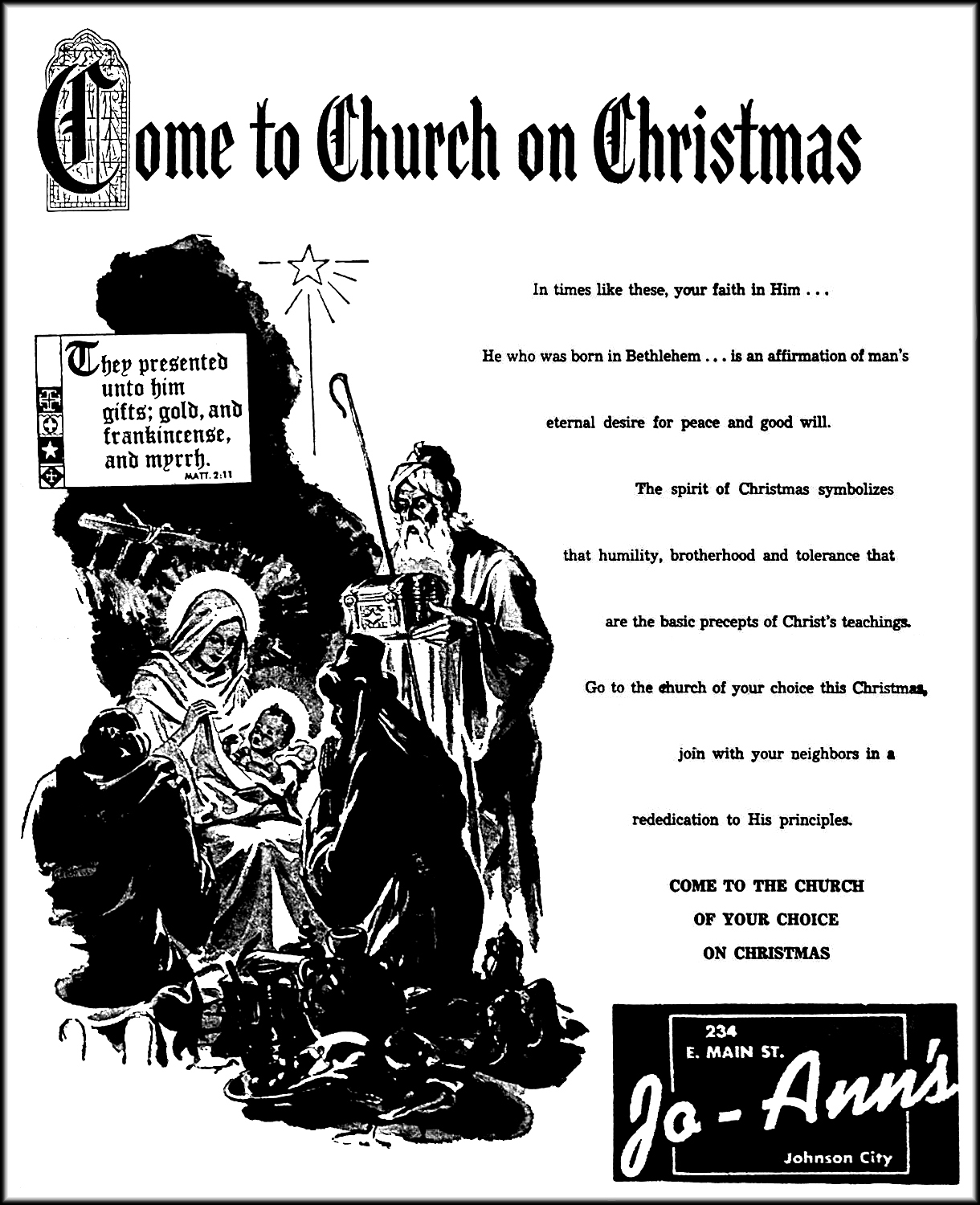
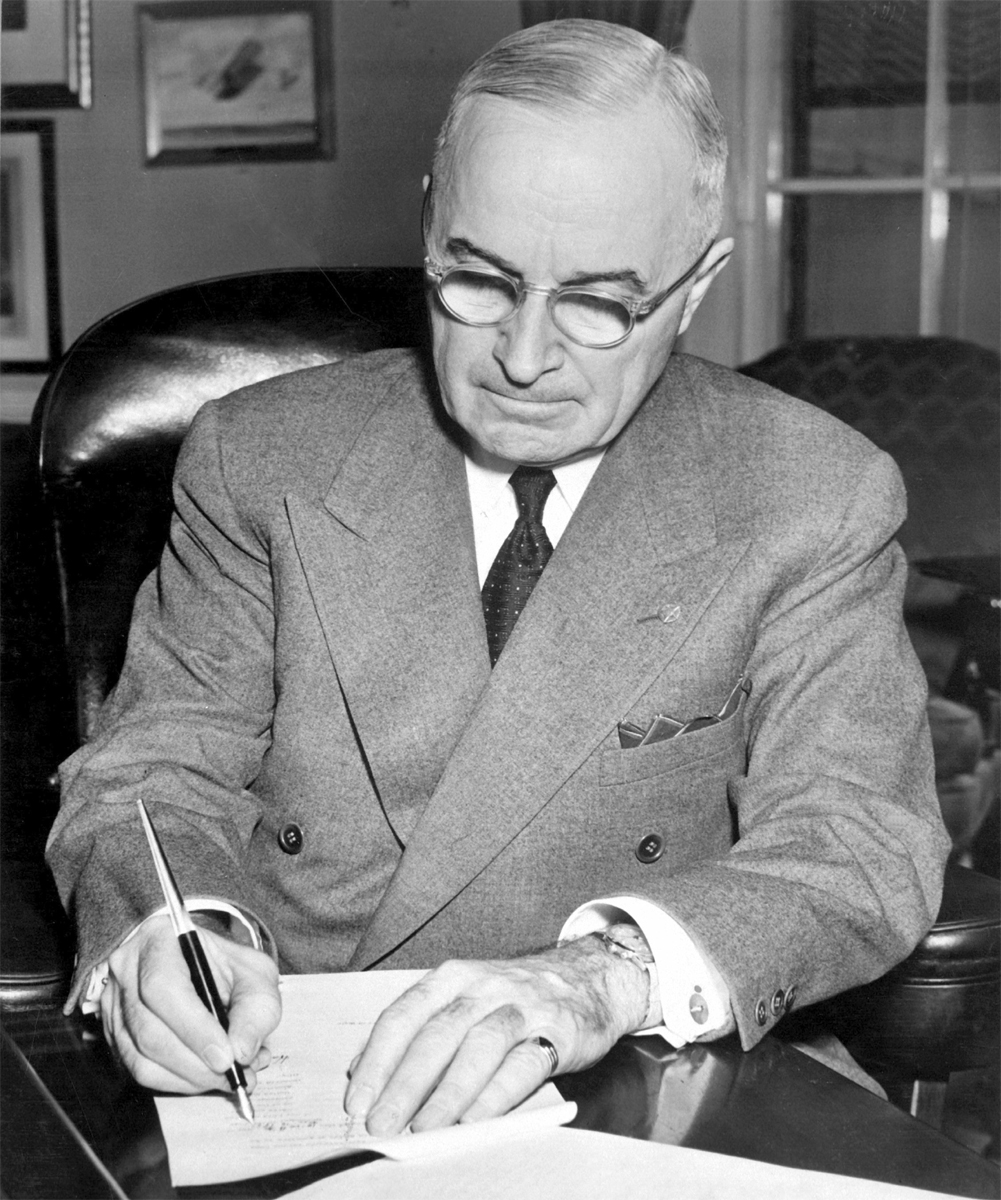


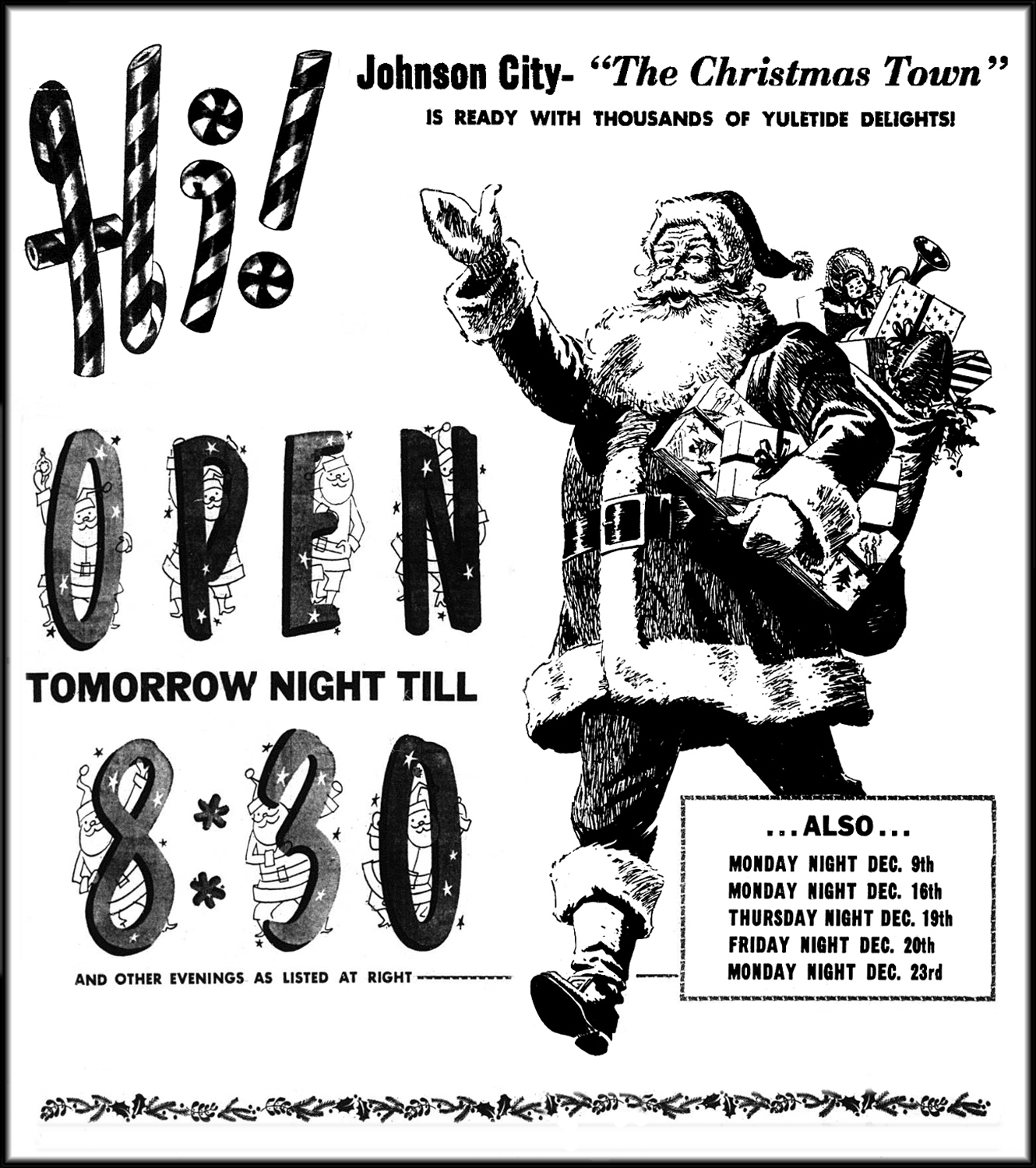

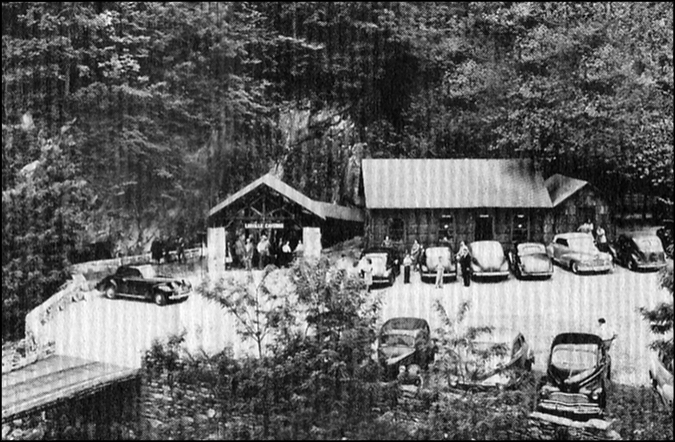
.jpg)




